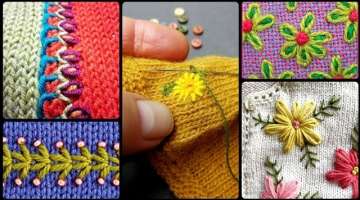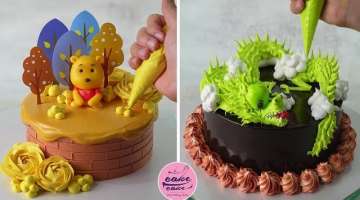Despite 50 Year Decline In Numbers, There Seems To Be A Lot More Blue Jays (video)
You should often look at sky nowadays. The migration season of approximately 50 billion birds in the world begins. Storks, swallows and other migratory birds that migrate to Africa by leaving the countries where they live in the autumn and exceeding thousands of kilometers return with the spring. How much do you know about bird species? But what do you know about blue jay? Lets learn more about this lovely bird.
- 1 | 8

Blue jays (Cyanocitta cristata) prefer tray feeders or hopper feeders on a post rather than a hanging feeder. They prefer peanuts, sunflower seeds, and suet. They also glean insects and take nuts and seeds in trees, shrubs and on the ground. Blue jays sometimes raid nests for eggs and nestlings, and sometimes pick up dead of dying adult birds. Stomach contents over the year are about 22 percent insect. Acorns, nuts, fruits, and grains made up almost the entire remainder. They hold food items in their feet while pecking them open. They also store food in caches to eat later.
- 2 | 8

Blue jays build their nests in the crotch or thick outer branches of a deciduous or coniferous tree, usually 10 – 25 feet above the ground. Male and female both gather materials and build the nest, but on average, the male does more gathering and female more building. Twigs used in outer part of the nest are usually taken from live trees, and the birds often struggle to break them off. The birds may fly great distances to obtain rootlets from recently dug ditches, fresh graves in cemeteries, and newly-fallen trees. Blue jays may abandon their nests after detecting a predators nearby.
- 3 | 8

The highly-recognizeable bird is known for its intelligence and complex social systems, and have tight family bonds. They often mate for life, remaining with their social mate throughout the year. Only the female incubates the eggs. The male provides all her food during incubation.
- 4 | 8

For the first 8 – 12 days after the nestlings hatch, the female broods them and the male provides food for his mate and nestlings. Females will share food gathering after that time. There is apparently a lot of individual variation in how quickly the young become independent. Blue jays communicate with each other by sound and by "body language," using their crests. The lower the crest, the lower their level of aggression, and when they become more aggressive, the crest is high. When the blue jay squawks, the crest is virtually always held up.
- 5 | 8

Blue jays have a wide variety of vocalization, with an immense "vocabulary." They are also excellent mimics. They have been known to mimic red-tailed hawks among other species of birds. The Blue Jay's ability to adapt to human alternation of the landscape, and thrive in urban and suburban environments, has enabled the species to remain one of the most abundant native birds that nest in Kentucky.
- 6 | 8

Some people don't like blue jays because of their aggressive ways, but there are birds that are much more aggressive, like woodpeckers, grackles, mourning doves, mockingbirds and cardinals, throwing in gray squirrels in the mix. These species will actually keep blue jays away from feeders. So, to compensate for that, blue jays will imitate hawks when approaching a feeder to ward off the other, more aggressive birds, causing them to scatter. However, they usually return once they realize its a blue jay, and not a hawk.
- 7 | 8

Blue jay populations decreased by about 28 percent between 1966 and 2015, according to the North American Breeding Bird Survey. Also, Partners in Flight estimates a global breeding population of about 13 million birds, with 87 percent of them present in the U.S., and 13 percent in Canada. The bird is not listed on the 2016 State of North America's Birds Watch List. They are not endangered.
- 8 | 8

The clutch is typically about four eggs, which are blueish or light brown with brown spots. Young are brooded by the female for eight to 12 days after hatching. They may remain with their parents for up to two months. Feed the songbirds at winter and you'll get a close up look at this bruiser of the backyard. You can watch video below.



















